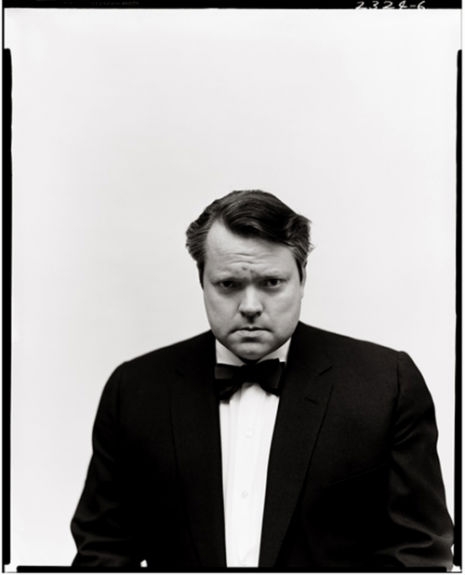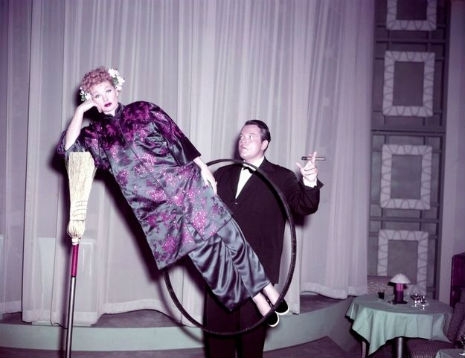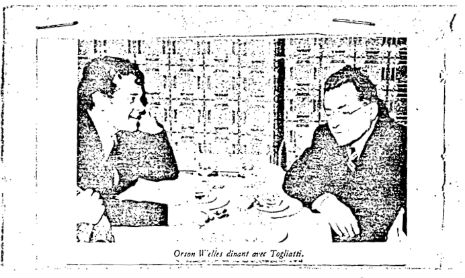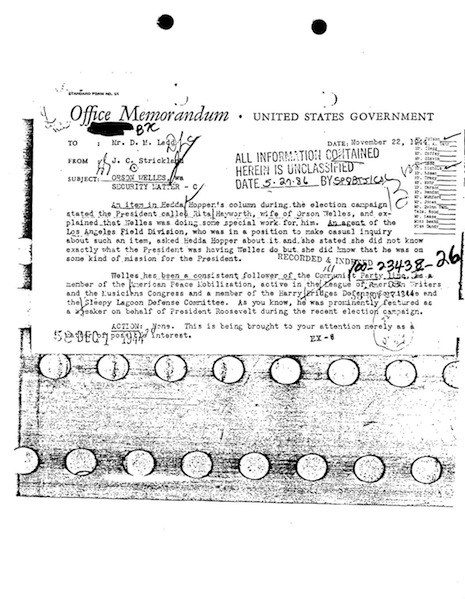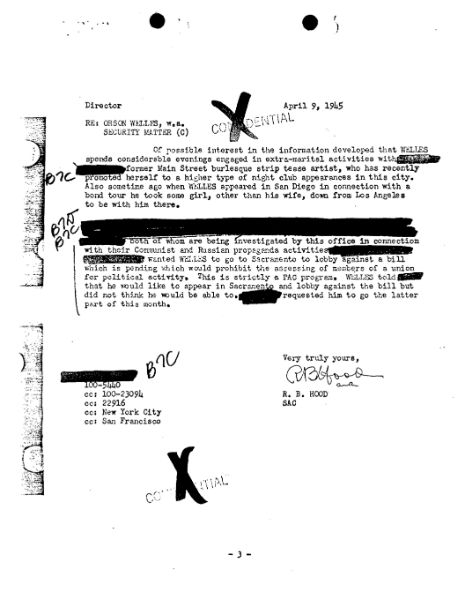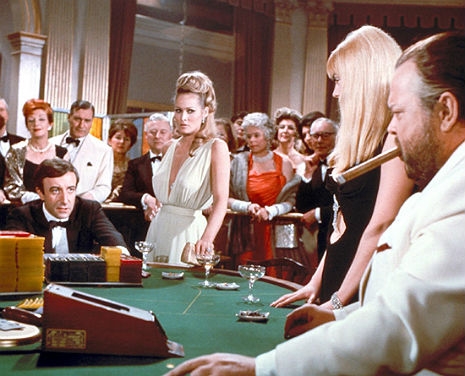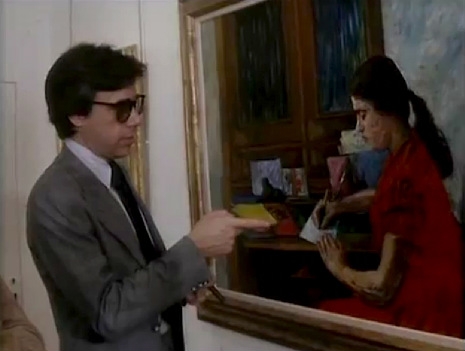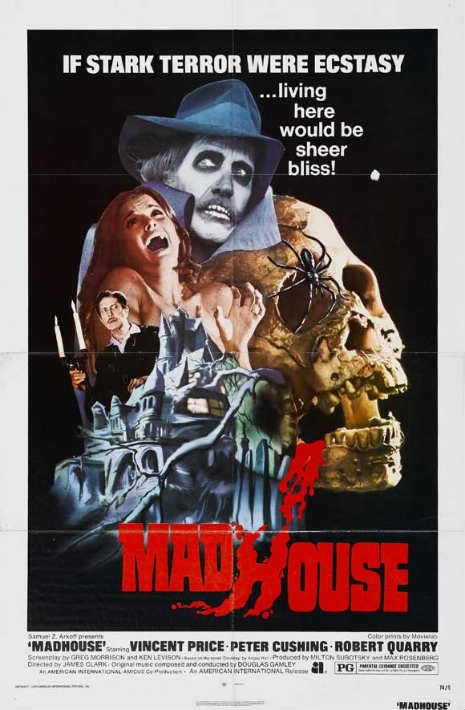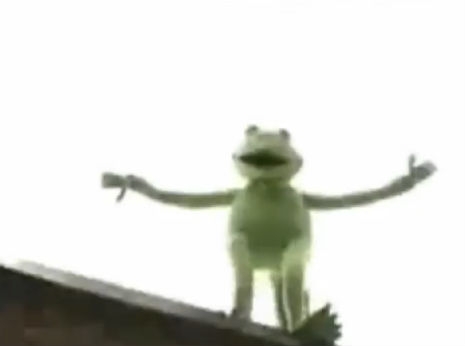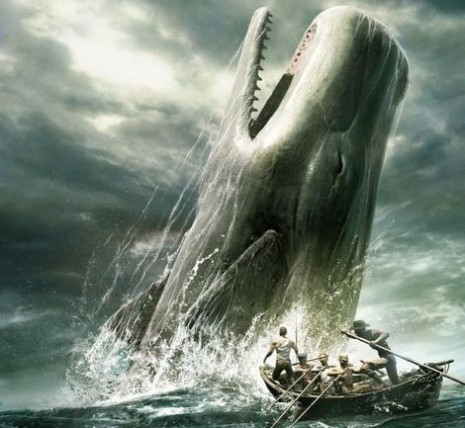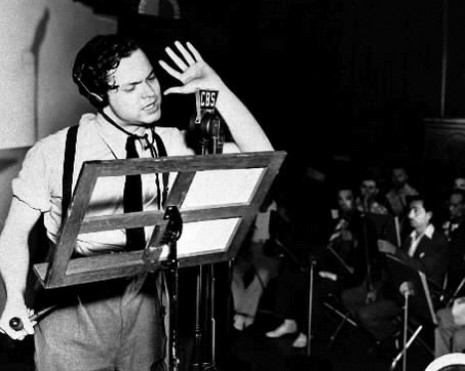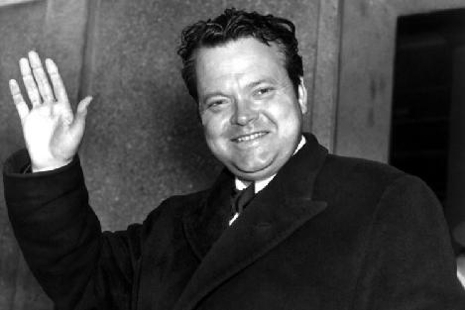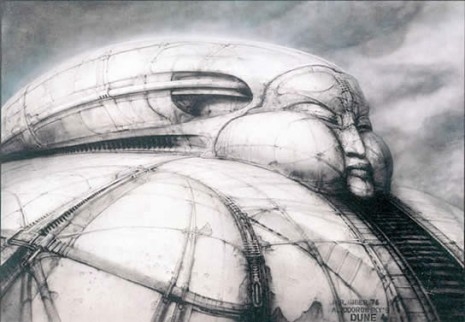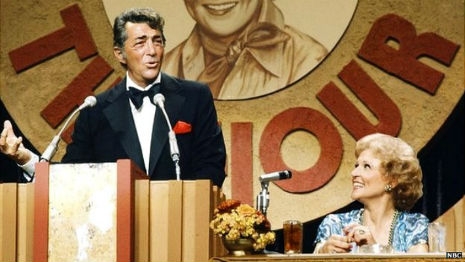
The Dean Martin Celebrity Roast was a spin-off of The Dean Martin Show that allowed ol’ Dino to do a whole lot less work. Not a weekly series but “specials” numbering between seven and nine per year, the show came on the air officially in 1974, although the final season of its predecessor was when the roasts first started. The celeb roasts were incredibly popular with the American public because they were… hilarious and ever so slightly smutty. Virtually every one of them has been posted on YouTube, and I have to confess, I’ve been making my way through a lot of them.
The showbiz tradition of roasts began in the 1920s at the Friars Club in New York. The likes of Milton Berle, Jack Benny, Norm Crosby, Groucho Marx, George Burns and Don Rickles paid vicious and X-rated “tributes” to each other in the private setting of the club, whereas Martin’s televised celebrity roasts were a sanitised version of what went on behind closed doors. Sanitized, yes, but they were still fairly salty for something being piped directly into most American homes during the mid-1970s. Every once in a while a fairly ribald joke would slip through the NBC censors.

The first one I watched was the Johnny Carson roast, which is laugh-out-loud funny the entire way through. I did not intend to watch it (I was looking for something with Groucho Marx, when I stumbled across it) but I got so into it that I simply stopped working and watched the entire thing.
What hooked me was the opening credits. It was jaw-dropping, the star-studded cavalcade of Hollywood hambones taking their seats on the dais: George Burns, Truman Capote, Doc Severinsen, Joey Bishop, Ruth Buzzi, Dom DeLuise, Bob Newhart, Jonathan Winters, Foster Brooks, Dionne Warwick, Rich Little, Senator Barry Goldwater, Bette Davis, Redd Foxx, Jack Benny and naturally roastmaster general Dean Martin himself. From the first two minutes I knew I was in for an intravenous injection of pure unadulterated nuclear-powered CAMPY FUN.
And it was. I can assure you that it did not disappoint. I now watch one of these things on the treadmill practically daily, they’re completely addictive. Where else can you find the likes of Bob Hope, Hubert Humphrey, Zsa Zsa Gabor, Mama Cass, Gene Kelly, Kirk Douglas, Paul Lynde, Nipsey Russell, Vincent Price, Ted Knight, Mort Sahl, Phyllis Diller, Don Rickles, Carol Channing, Slappy White, LaWanda Page, John Wayne, Billy Graham, Flip Wilson, transsexual tennis player Renée Richards, Evel Knievel, Muhammad Ali, Lucille Ball, Charo, Ronald Reagan (as both a roaster and as an “honoree”) Yogi Berra, Jackie Gleason, Wayland Flowers & Madam, Sherman Hemsley, Billy Crystal, Frank Sinatra, Betty White, Sid Caesar, Milton Berle, Angie Dickinson and Orson fucking Welles insulting each other?

Mull that over for a moment when you’re deciding what to watch tonight. Mix and match those folks into fifty plus configurations (it was always more or less the same crew, with certain characters like Jackie Gayle, Joey Bishop and the incomparable comic drunk Foster Brooks showing up slightly more often than others) with the star quality always being quite high, featuring as they did, the greatest comedic talent of the 20th century. (The great Jack Benny can slay an entire audience with naught but a well-placed sigh. When he opens his mouth, even with so-so material, you experience the stand-up comedy equivalent of a concert violinist like Jascha Heifetz. George Burns also kills every time he’s on.). There’s hours of this stuff to wade through. Be warned that some are better than others. Often the participants weren’t even in the same room (let alone the same city!). Sometimes certain speakers were taped in an empty studio, with canned laughter added later.
Watch Dean Martin himself get roasted after the jump…






